As people continue to explore energy sources, the conversion efficiency of solar cells is steadily improving. Solar lights, especially street lights, have become increasingly widespread for their convenience and energy efficiency. To address the lighting needs of areas without access to power, solar lights are becoming more visible in our lives. So, what exactly are solar lights, and how are they classified?
What is a Solar Light?
A solar light (Solar energy lamp) is an electric lamp that converts solar energy into electrical energy through solar panels.
A solar light is comprised of solar cell components
LED lamps, a control box, and a lamp pole. During the day, the solar generator collects and stores solar energy, making solar lights increasingly regarded as a safe and environment-friendly new form of lighting.
Introduction to the Classification of Solar Lights
Home Lighting Lamps
Compared to regular LED lamps, solar lights are equipped with a built-in lithium battery or lead-acid battery, charged by one or more solar panels, usually taking about 8 hours to charge and lasting 8-24 hours when used. They generally come with charging or remote control functions, with designs varying according to user needs.
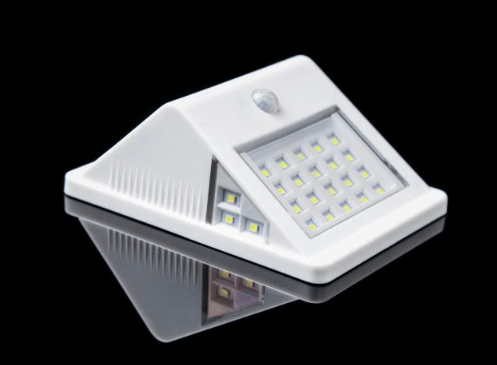
Signal Lights
Signal lights are crucial for maritime, aviation, and land traffic, and many places cannot be powered by the grid. Solar signal lights can solve the power supply issue, mainly using small particulate, directionally emitting LEDs. They have achieved significant economic and social benefits.
Lawn Lights
Solar
lawn lights have a light source power of 0.1~1W, typically using small particulate Light Emitting Diodes (LED) as the main light source. The power of the solar cell panel ranges from 0.5~3W, employing 1.2V nickel batteries, among others.
Landscape Lights
Used in squares, parks, green spaces, etc., employing various types of low-power
LED point light sources
line light sources, and even cold cathode shaped lamps to beautify the environment. Solar landscape lights can provide superior
landscape lighting effects without damaging the greenery.
Identification Lights
Used for nighttime guidance, house numbers, and intersection identification lighting. The luminous flux requirements for the light source are not high, and the system configuration requirements are low, resulting in high usage levels. Identification lights generally use low-power LED sources or cold cathode lamps.
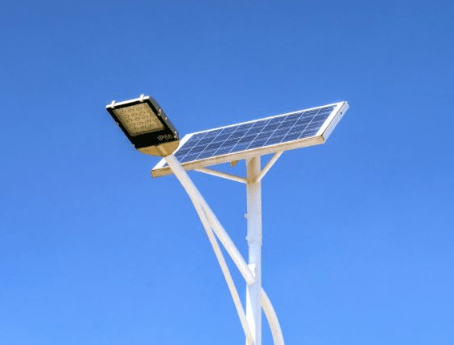
Street Lights
Solar street lights are used on village and rural roads, one of the primary applications of solar photovoltaic lighting. Light sources used include low-power High-Intensity Discharge (HID) lamps, fluorescent lamps, low-pressure sodium lamps, and high-power LEDs. Due to their overall power limitation, they are less commonly applied to city main roads. However, with the complementary use of municipal lines, the application of solar photovoltaic street lights on main roads will increase.
Insecticidal Lamps
Used in orchards, plantations, parks, lawns, etc. Generally, they utilize fluorescent lamps with a specific spectrum or more advanced LED violet lamps, using their specific spectral line radiation to lure and kill pests.
Flashlights
Using LEDs as a light source, they can be used for outdoor activities or emergencies.
Courtyard Lamps
Solar courtyard lamps are used for lighting and decoration in urban roads, commercial and residential areas, parks, tourist spots, squares, etc. They can also convert existing mains lighting systems into solar lighting systems according to user needs.



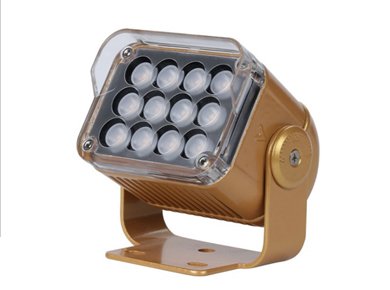 6W LED module spot light beam ...
6W LED module spot light beam ...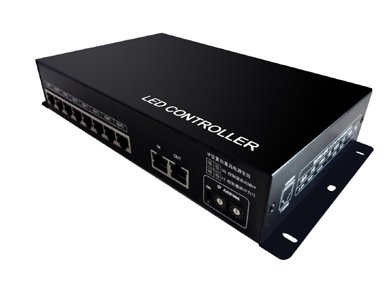 思域EN-402W 说明书 V1.0 (适用A1)
思域EN-402W 说明书 V1.0 (适用A1)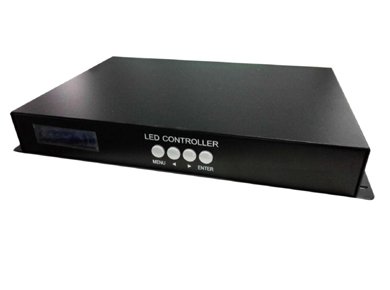 思域EN-508W 说明书 V1.0 (适用于A1)——PC ...
思域EN-508W 说明书 V1.0 (适用于A1)——PC ...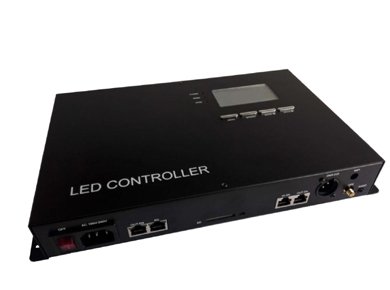 思域SN-500 说明书 V2.2 (适用B2, C2, C ...
思域SN-500 说明书 V2.2 (适用B2, C2, C ...